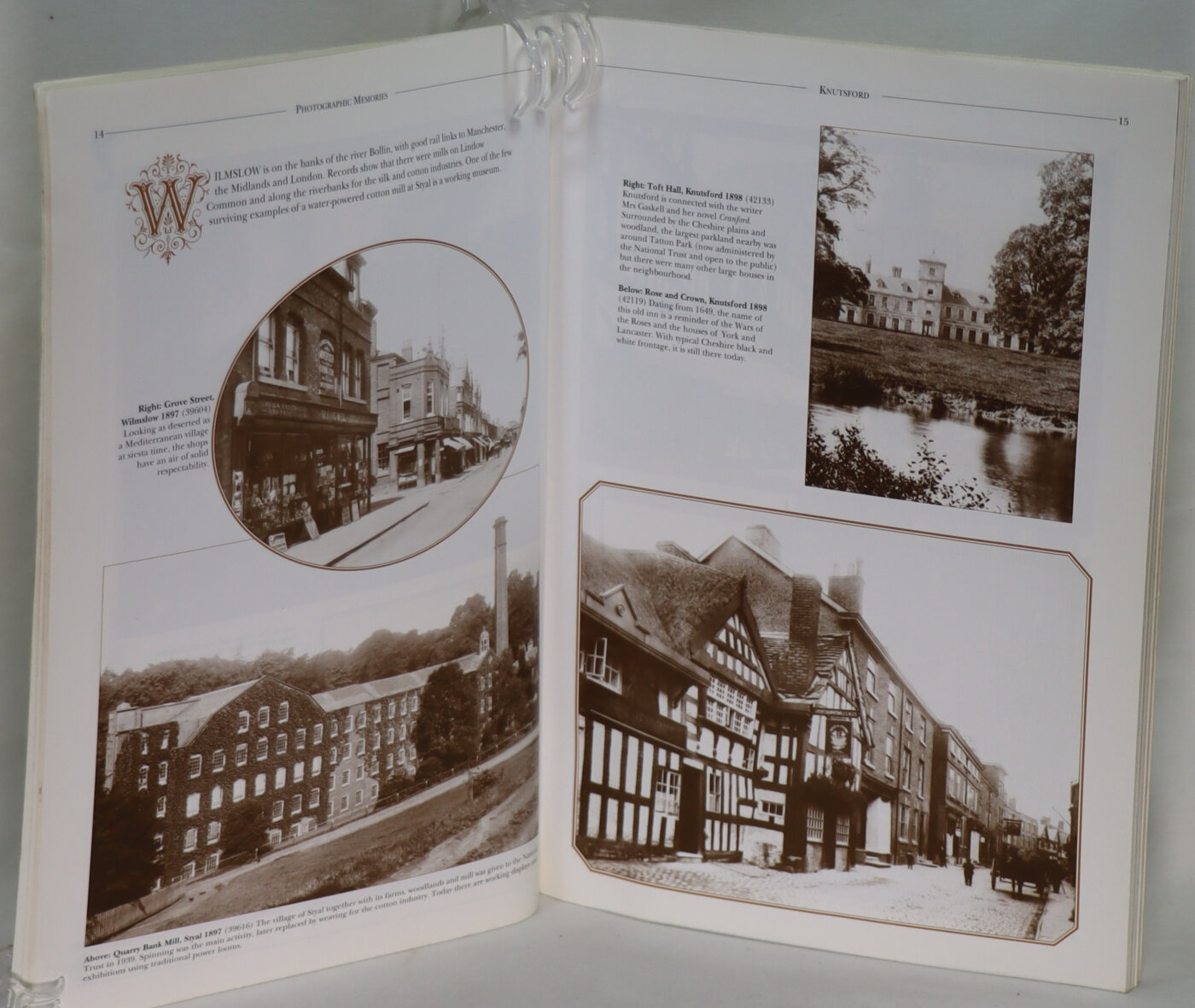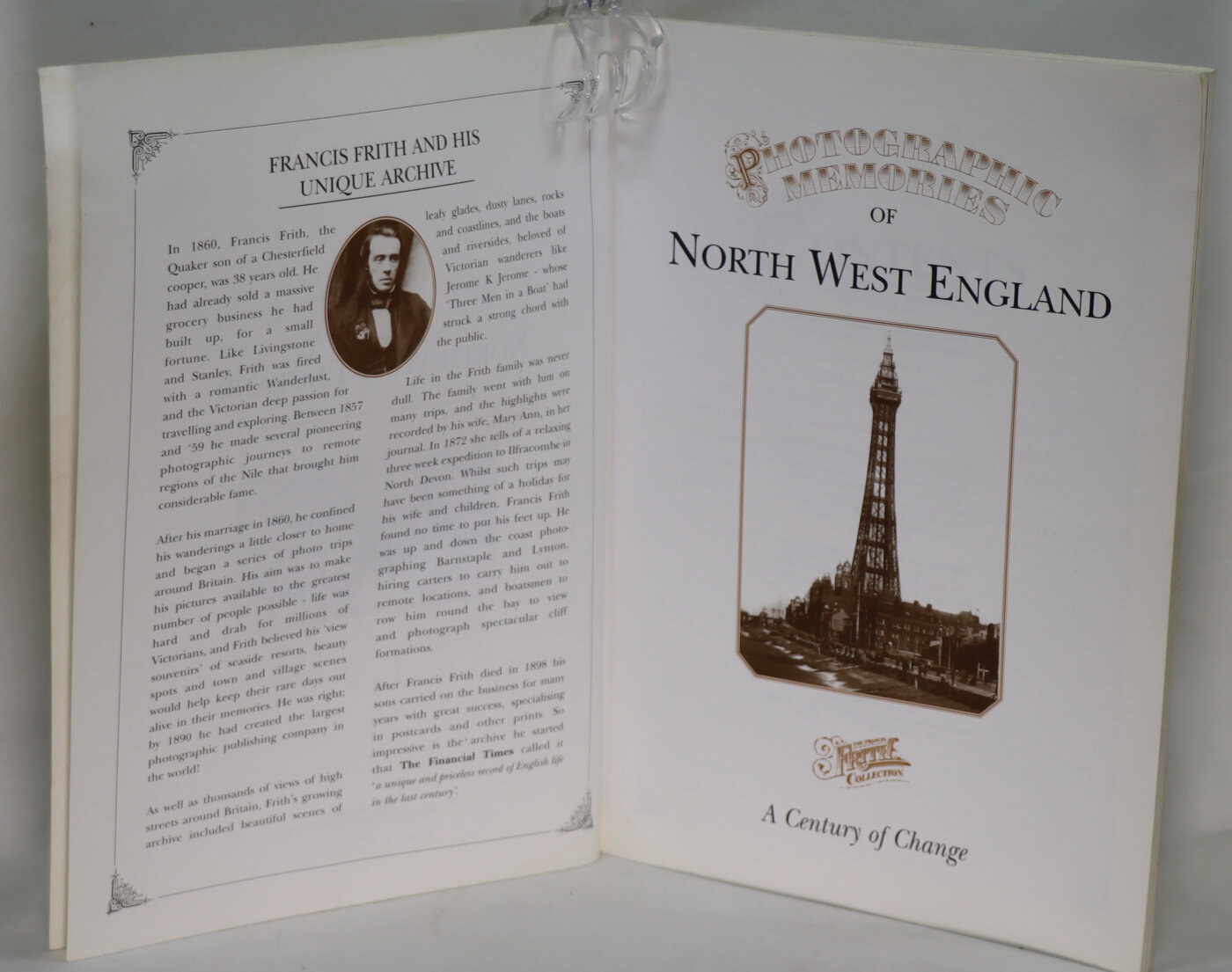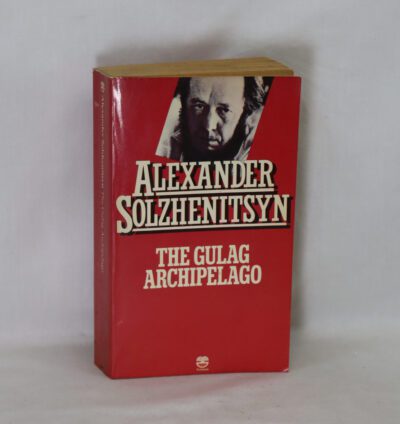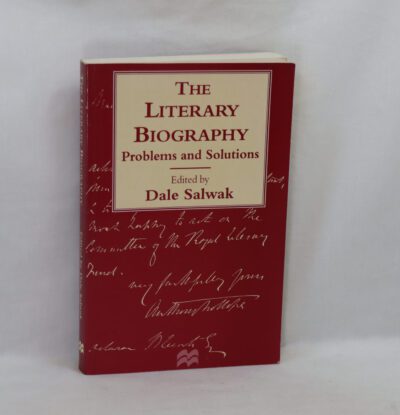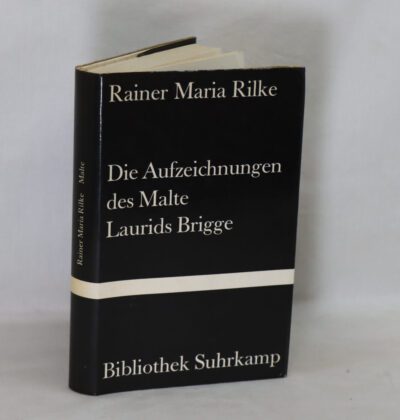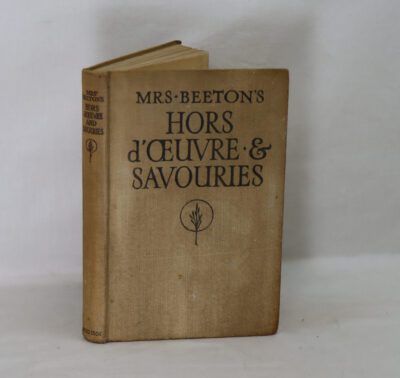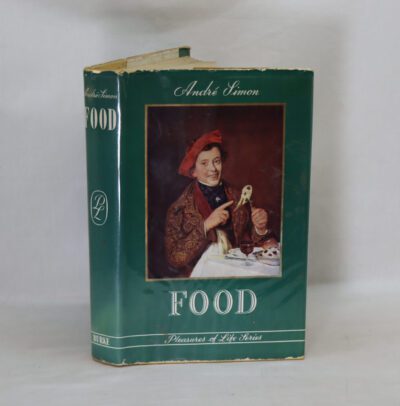Photographic Memories of North West England.
By Francis Frith
ISBN: 9781859370841
Printed: 1996
Publisher: The Francis Frith Collection.
| Dimensions | 21 × 30 × 1 cm |
|---|---|
| Language |
Language: English
Size (cminches): 21 x 30 x 1
Condition: Fine (See explanation of ratings)
Your items
Item information
Description
Paperback. Cream board binding with black title and Blackpool image.
- We provide an in-depth photographic presentation of this item to stimulate your feeling and touch. More traditional book descriptions are immediately available.
- Note: These books carry the £5.00 discount to those that subscribe to the F.B.A. mailing list.
The Francis Frith Collection, showing the people and places of these regions in past times. Each title in the series explores a particular region, featuring some of its cities, towns and villages in glorious period photographs.
Francis Frith (also spelled Frances Frith, 7 October 1822 – 25 February 1898) was an English photographer and businessman. Francis Frith & Co., the company he founded in 1860 with the initial goal of photographing every town and village in England, quickly became the largest photographic publishers in the world and eventually amassed a collection of 330,000 negatives covering over 7,000 population centres across Great Britain and Ireland.
Frith was born in Chesterfield, Derbyshire, attending Quaker schools at Ackworth and Quaker Camp Hill in Birmingham (c. 1828–1838), before he started in the cutlery business. He suffered a nervous breakdown in 1843, recuperating over the next two years. In 1850 he started a photographic studio in Liverpool, known as Frith & Hayward. A successful grocer, and later, printer, Frith fostered an interest in photography, becoming a founding member of the Liverpool Photographic Society in 1853. Frith sold his companies in 1855 in order to dedicate himself entirely to photography. He journeyed to the Middle East on three occasions between 1856 and 1860, taking with him three glass plate cameras, the largest of which measured 16″ x 20″. He used the collodion process, a major technical achievement in hot and dusty conditions
Frith was one of the first of a new type of entrepreneurial photographer to establish himself as a retailer of scenic photographs on a large scale. During his travels he noted that tourists were the main consumers of the views of Italy, but armchair travelers bought scenes from other parts of the world in the hope of obtaining a true record, “far beyond anything that is in the power of the most accomplished artist to transfer to his canvas.” These words express the ambitious goal that Frith set for himself when he departed on his first trip to the Nile Valley in 1856 with his inventive friend Francis H. Wenham, who acted as lighting technician.He also made two other trips before 1860, extending his photo-taking to Palestine and Syria. In addition to photography, he also kept a journal during his travels elaborating on the difficulties of the trip, commenting on the “smothering little tent” and the collodion fizzing – boiling up over the glass. Frith also noticed the compositional problems regarding the point of view from the camera. According to Frith, “the difficulty of getting a view satisfactorily in the camera: foregrounds are especially perverse; distance too near or too far; the falling away of the ground; the intervention of some brick wall or other common object… Oh what pictures we would make if we could command our point of views.” An image he took known as the “Approach to Philae” is just one example which elaborates his ability to find refreshing photographic solutions to these problems. (cited from “A World History of Photography”)
When not taking photographs in the Middle East, he was back in England, printing them and reproducing them in delightful illustrated books – including his Egypt and Palestine photographed described by Francis Frith 1858-60 and Egypt, Palestine and Sinai (1860) with text by Mrs Sophia Poole and Reginald Stuart Poole – both of which became very popular.
Francis Frith & Co. and marriage: When he had finished his travels in the Middle East in 1859, he opened the firm of Francis Frith & Co. in Reigate, Surrey, as the world’s first specialist photographic publisher. In 1860, he married Mary Ann Rosling (sister of Alfred Rosling, the first treasurer of the Photographic Society) and embarked upon a colossal project—to photograph every town and village in the United Kingdom; in particular, notable historical or interesting sights. Initially he took the photographs himself, but as success came, he hired people to help him and set about establishing his postcard company, a firm that became one of the largest photographic studios in the world. Within a few years, over two thousand shops throughout the United Kingdom were selling his postcards. Photographs attributed to Francis Frith & Co Ltd are held in the Conway Library of Art and Architecture at The Courtauld Institute of Art and in the National Portrait Gallery.Many of his photographs were collected into published volumes. Initially these works were compiled by established publishing companies. However, by the 1860s, Firth realised that he could profit from publishing his own images and established the publishing company F. Frith & Co.
Want to know more about this item?
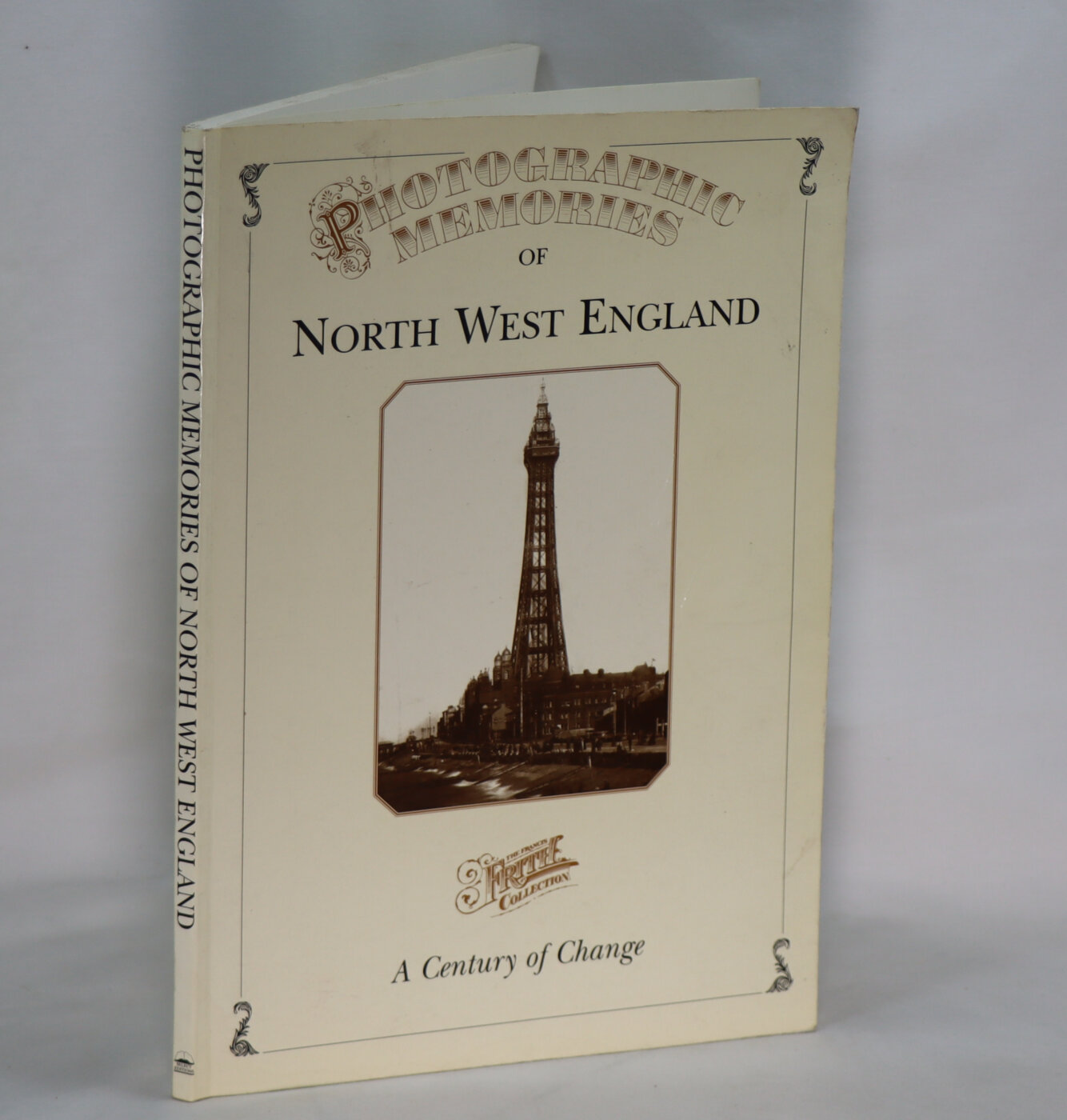
Related products
Share this Page with a friend

